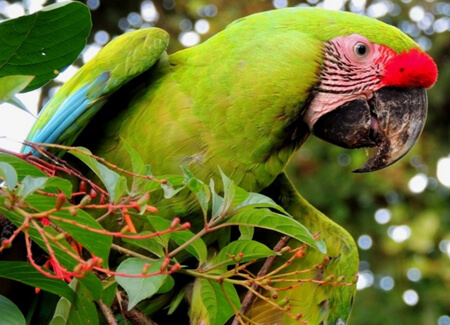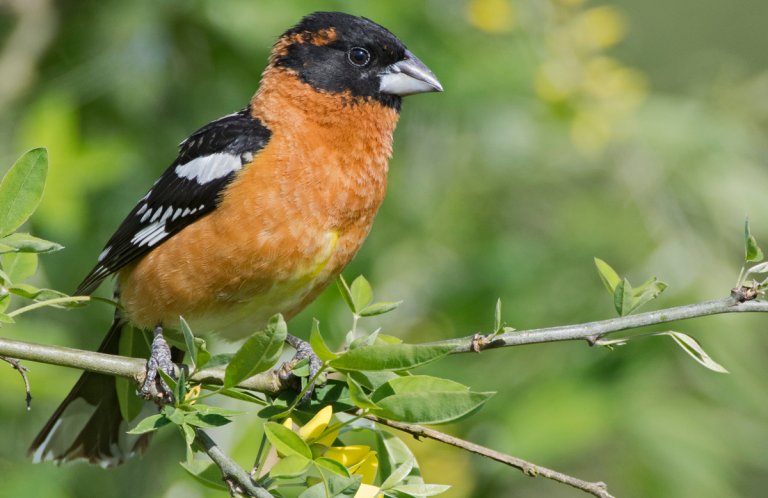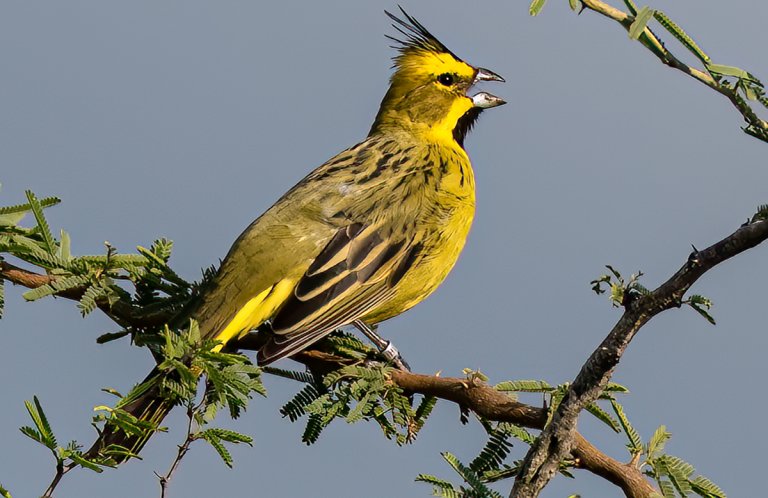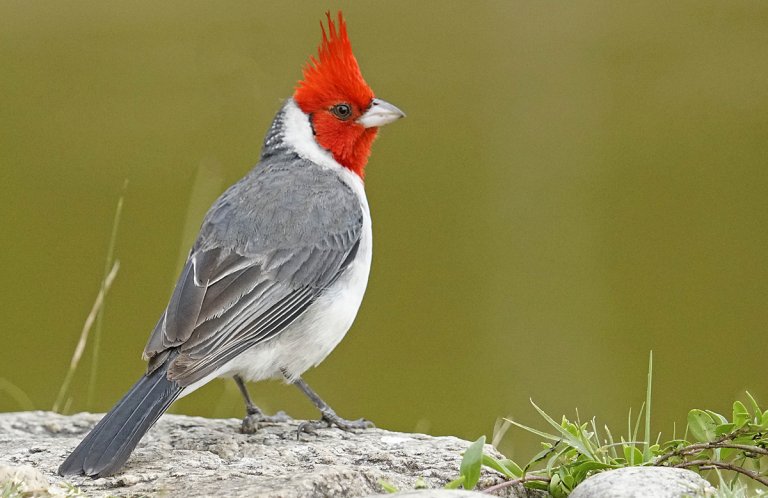 The Great Green Macaw is one of the largest macaws in the world (second only to the Hyacinth Macaw). It's also known as the Buffon's or Great Military Macaw and in fact was previously considered a subspecies of the smaller, closely-related Military Macaw.
The Great Green Macaw is one of the largest macaws in the world (second only to the Hyacinth Macaw). It's also known as the Buffon's or Great Military Macaw and in fact was previously considered a subspecies of the smaller, closely-related Military Macaw.
Numbers of this majestic macaw have dropped by more than 50 percent over the past 10 years due to extensive habitat loss throughout the species' Central and South American range. It was listed as an endangered species by the United States in 2015.
Unsustainable logging, conversion of land for agriculture and cattle pasture, and mining have severely diminished available habitat for the Great Green Macaw. Unfortunately, farmers sometimes shoot the birds, believing that they are a crop pest. The birds are also captured for the pet trade and for their feathers.
For the Love of Almendro Trees
Like other parrot species such as Red-fronted, Blue-throated, and Lear's Macaws, Great Green Macaws are highly sociable. Family groups of five to six birds occupy small home ranges, where they nest in tree cavities. Outside of the breeding season, they forage and roost in groups of up to 50 individuals and may travel long distances in search of food.
Sign up for ABC's eNews to learn how you can help protect birds
Great Green Macaws feed on seeds, fruits, hard-shelled nuts, and flowers, and they make seasonal movements throughout their ranges in response to the presence of fruiting trees. They are particularly associated with the mountain almond, or almendro tree, which provides food and nest sites for the bird across much of its range.
Macaw Makes a Stand in Ecuador
This macaw created quite a stir in Ecuador several years ago when a group of 36 birds was sighted flying over the lush forest of the Río Canandé Reserve. The flock included more Great Green Macaws than were previously thought to exist in the entire country.

Great Green Macaw by Valérie Béraud, The Ara Project
This reserve—established in 2000 by our partner Fundación Jocotoco and supported by ABC, World Land Trust, and other partners—was established in part to protect the Great Green Macaw. The reserve was expanded in 2014 and now protects more than 6,100 acres of humid lowland forest in the Chocó region of northwestern Ecuador.
More than 360 bird species, including threatened and endemic birds such as Scarlet-breasted Dacnis, Ochraceous Attila, and Banded Ground-Cuckoo, are found within the Río Canandé Reserve.
Benefits of Macaw's Endangered Listing
The species' listing under the U.S. Endangered Species Act (ESA) in 2015 allows the United States government to implement CITES (Convention on International Trade in Endangered Species of Wild Fauna and Flora), which bans the import and sale of listed species within the country.
The listing also helped to raise public awareness about the Great Green Macaw and to put pressure to protect the birds on the species' home countries. It may also provide impetus for additional research and funding partnerships.
Donate to support ABC's conservation mission!



















































